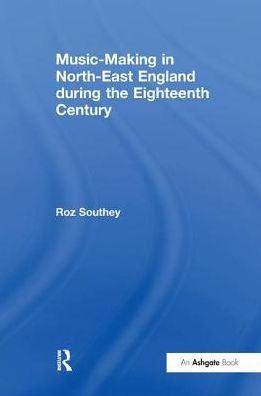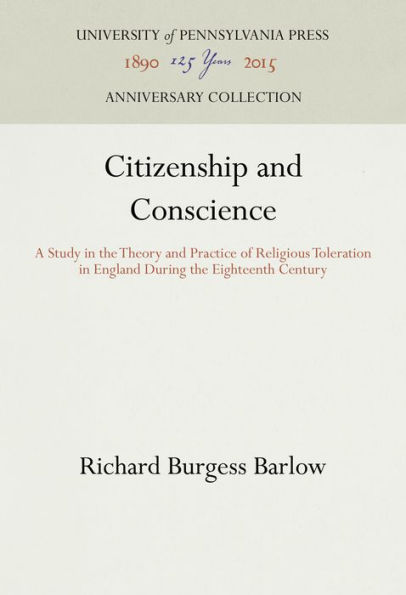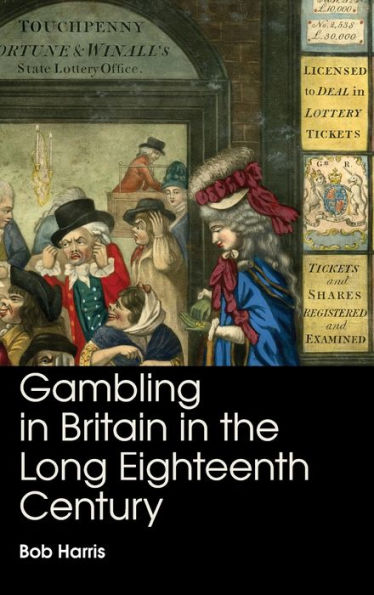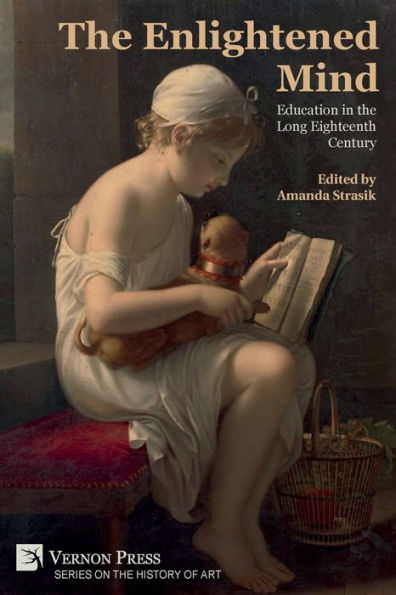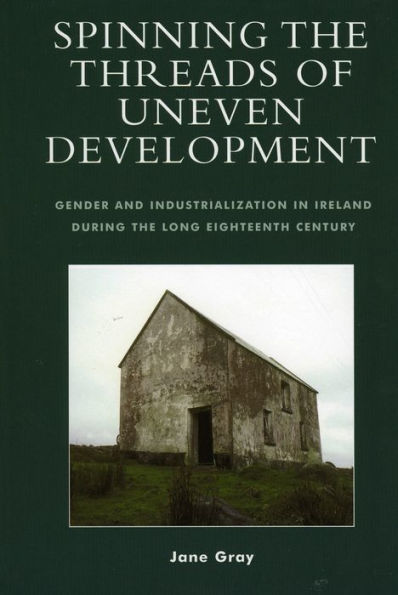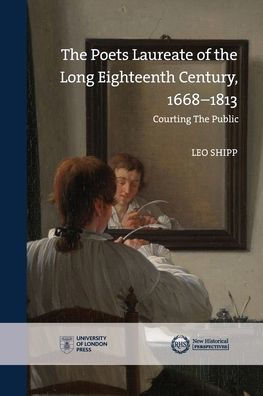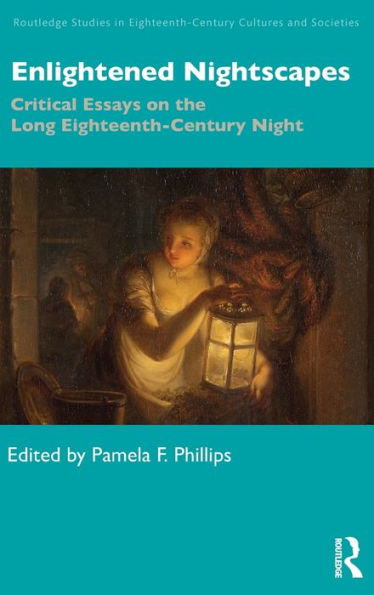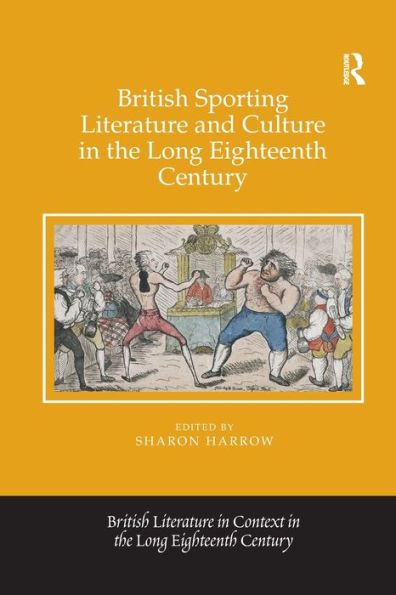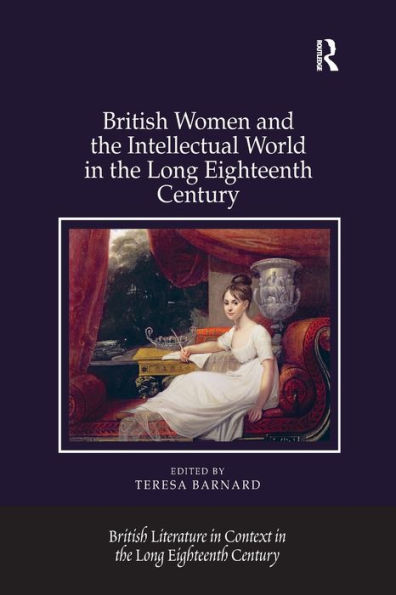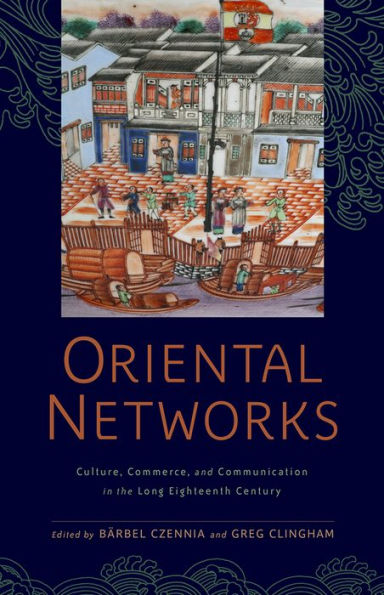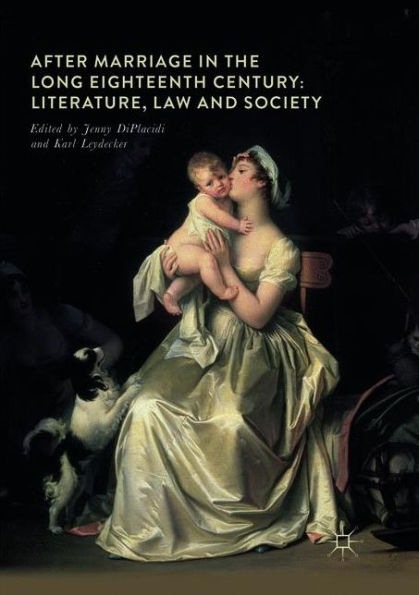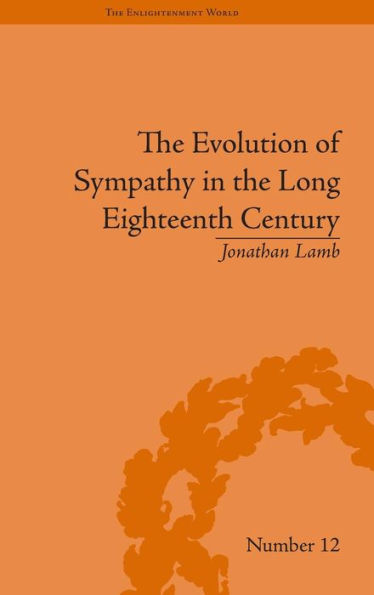Home
Octave Flutes In England During The Long Eighteenth Century


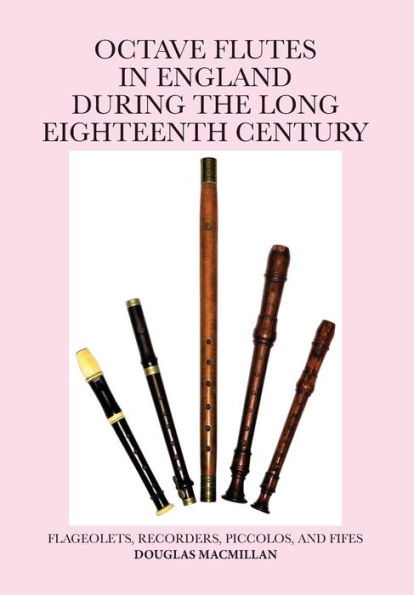
Octave Flutes In England During The Long Eighteenth Century
Current price: $26.00
Loading Inventory...
Size: OS
'Octave flutes' are deemed to be those whose lowest note lies about an octave above middle C and for the purposes of this book, the 'long eighteenth century' runs from the Restoration of the English Monarchy in 1660 to the Battle of Waterloo in 1815. This date range allows a study not only of octave recorders but also of the flageolet and the emergence of the piccolo as the eighteenth century gave way to the nineteenth: at this time, too, the flageolet enjoyed something of a renaissance. For good measure, the fife - an instrument with a longer continuous history than the recorder, flageolet, or piccolo - is included.
Chapters will outline the history, organology, and repertoire of the flageolet, the small recorders, the piccolo, and the fife, and will place the instruments in both musical and social contexts in England in the long eighteenth century. As befits the most popular - and musically most significant - octave flute in England between 1660 and 1815, pride of place will be given to the English 'little flutes', known to us today as soprano and sopranino recorders.
is an organologist, music historian, and recorder player living in Guildford, England. He is an independent scholar, holding doctoral degrees from the University of Oxford, the Royal College of Music, and the University of Surrey. Douglas has contributed extensively to the literature on the recorder in the nineteenth century, the English flageolet, on octave recorders, and the English small flute concertos.
